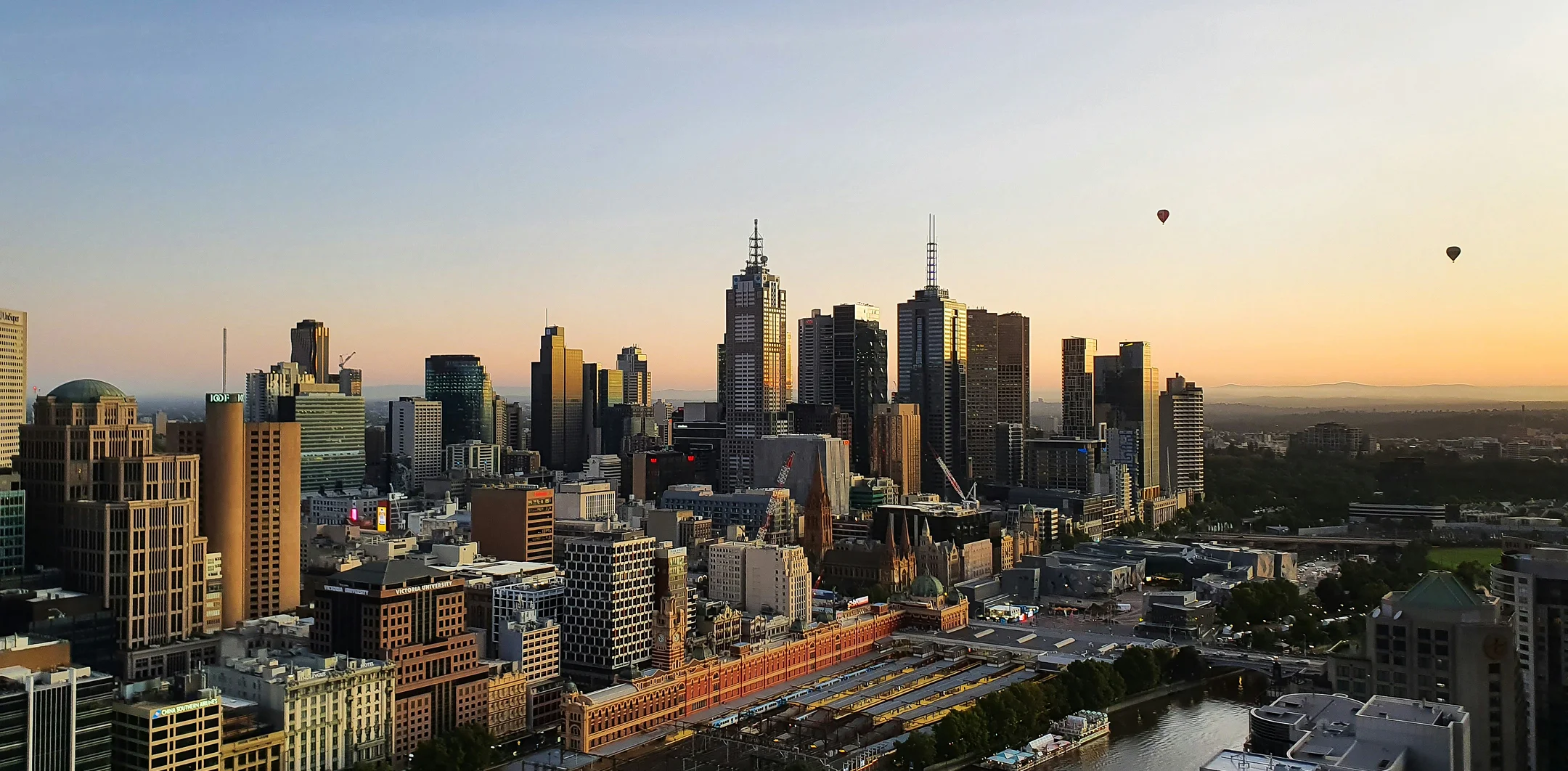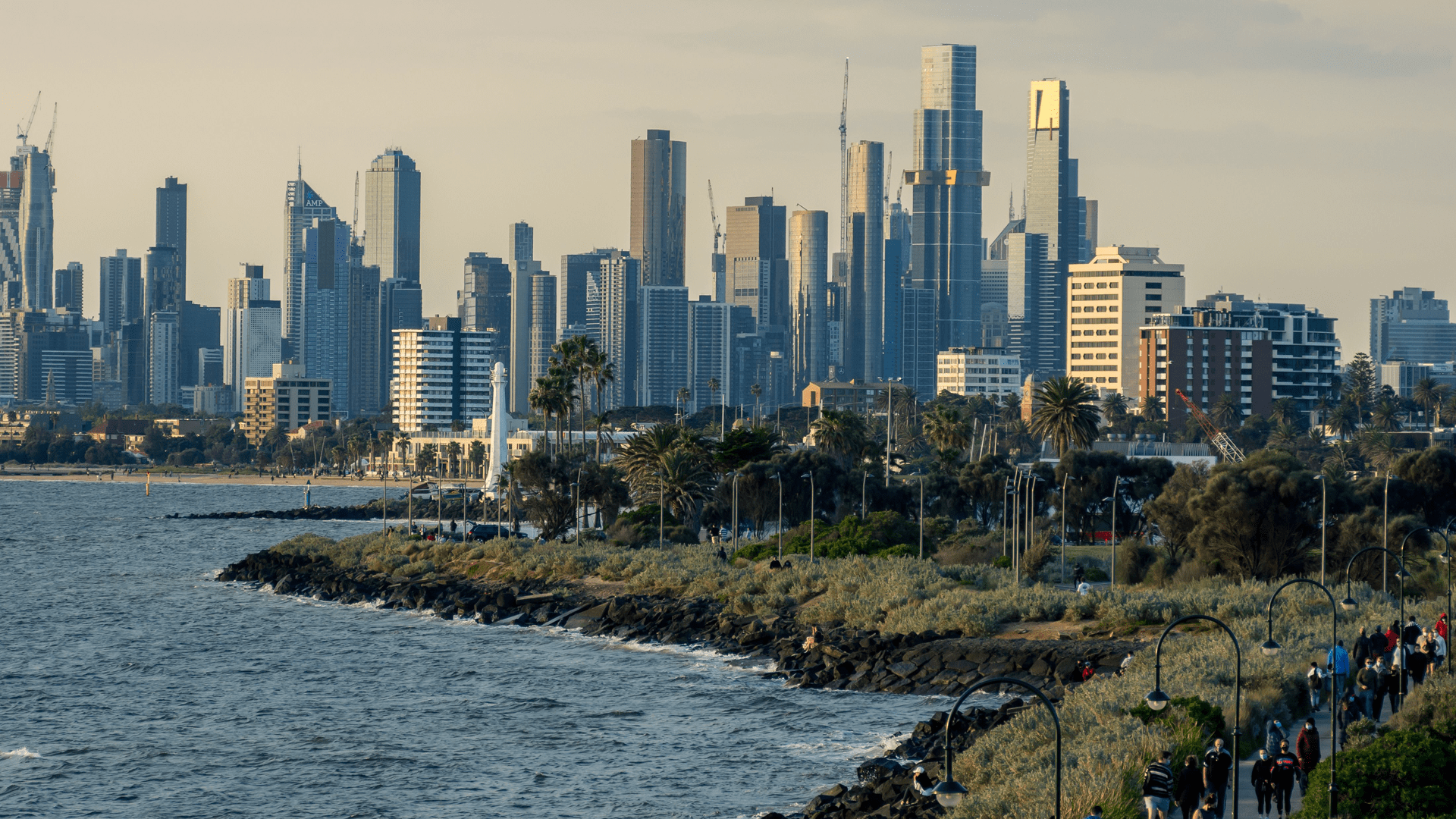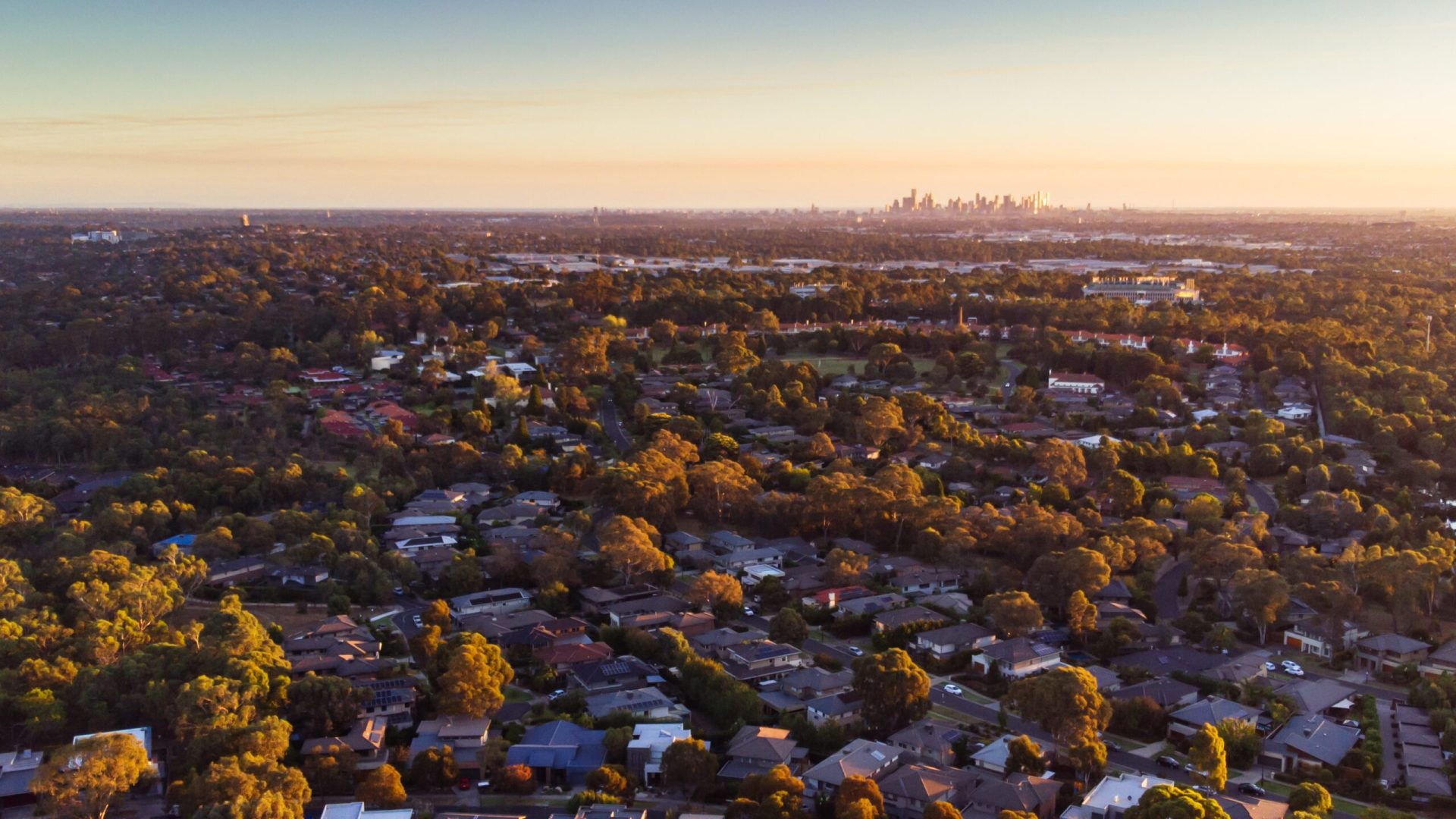Every year, the Oxford Dictionary announces its Word of the Year. ‘Post-Truth’ was last year’s winner, beating stiff competition from the likes of ‘hygge’, the Scandinavian feeling of cosiness, and ‘coulrophobia’, an extreme fear of clowns.
Now I know it’s only October but, if our office is anything to go by, ‘rentvesting’ is set to be a definite frontrunner for this year’s honours. It’s all the rage these days. But what is it and why is it becoming so popular with young, first-time investors?
What is Rentvesting?
An increasingly popular property investing strategy for first-home buyers keen to gain a foothold in the property market, rentvesting refers to investors who buy an investment property while continuing to rent. It shifts from the traditional ethos that people should buy their own homes before investing.
The rentvesting tactic offers an appealing way for young investors to purchase an investment property. It overcomes financial obstacles and property prices because you can buy in a location that fits your budget and then rent in a suburb that suits your lifestyle.
A Mortgage Choice survey has found that a third of investors were rentvestors in 2016, compared with 20% in 2014. This supports another study, which estimates that 13% of first home buyers now choose to rentvest and stay at their family home. And clearly, this upsurge illustrates the real benefits rentvesting has…
The benefits of rentvesting
Buying in a growth area & the flexibility to live where you want
Not being able to afford a house in an area that you want to live in has, historically, been a major barrier to buying your first property. But it’s not as black-and-white as a trade-off between a house in an unappealing part of town or not at all.
Rentvesting’s main benefit is the ability to purchase a house in a growth area (even if you have no emotional attachment to it) without having to change your lifestyle. You can keep renting in that hip inner-city suburb while you gain high yield returns on your investment property. The key is to research the areas where you can expect to receive the highest returns.
Other monetary benefits
Aside from the obvious monetary benefits like rising house prices and rental revenue, there are a few other financial aspects to consider…
One potential benefit is to claim negative gearing benefits from your investment property, to increase your return on borrowed funds. A negatively geared property can offer immediate tax benefits while also offering the prospect of capital appreciation over time.
Expenses such as repairs can be tax deductions. For example, the cost of restoring something to its original condition due to tenant wear-and-tear is tax-deductible. Depreciation can also be tax-deductible. Things like washing machines, curtains and carpet are all household assets you can claim.
Safety & Security
It’s a safer option to rentvest than to put all the money into a home to live in. For example, if interest rates go up, it’s possible to sell the property and remain renting where you are.
Of course, to ensure maximum safety and security as well as overall success, there are a lot of factors to consider. What determines a smart location? How do you find a high-growth investment property that’s right for your needs? And what steps are required for you to enter the rentvestment game?
In a nutshell, we recommend buying where you can get the best growth and living where you want. But if you’re struggling to answer these questions, it might be worth seeking the advice of professional property investment advisors like the friendly team at OpenCorp. Get in touch with our friendly team. We’d love to hear from you.








